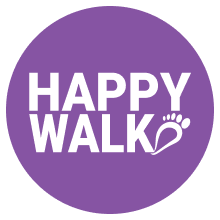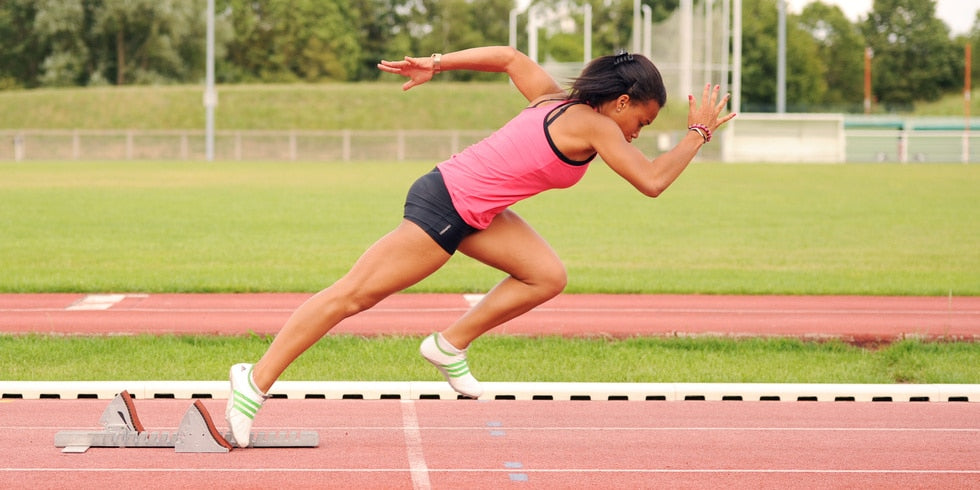Biomechanics of running
Modifying the running shoe also affects the biomechanics of running. The thicker heel causes the weight and center of gravity of the shoe to change. As a result, the runner is quasi "forced" to land on the heel. The impact in this landing is particularly high. And let's be honest: the heel is not exactly the best point of the body to land hard on. The heel bone is protected by a fat pad, but this fat pad is minimal. Ideal for the much lower (and slower) impact when walking, but not at all suitable for the hard impact of a heel landing when running.
And so the vicious circle begins: the athletic shoe industry starts looking for a new material to absorb the energy or cushion the shock (although this is obviously impossible - just think of the law of conservation of energy). The sole gets thicker again, the (wrong) running pattern remains....
So is it impossible to run with a forefoot landing with classic athletic shoes? Of course not! Just look at today's well-known athletics stars. If you analyze their running style you will always end up with the same thing: none of these athlete’s land on the heel!
Different Parts of the Shoe
![]()
Heel collar
- Always compare the runner’s shoes, the left with the right and especially the old shoes.
- Heel collar
- Assess if there is any asymmetry - if the collar bends inwards, it may indicate pronation
- Using video analysis can help to identify if the runner has forefoot or rearfoot pronation or a combination.
Tongue of the shoe
- Identify the tongue of the shoe
- Upper
- What is it made of? For example, mesh and how dense?
- Trail shoes have a toe bumper - i.e. a solid part to protect the toes from being hit by rocks.
- What is the wear on the upper? This might indicate where a runner scuffs one leg on the other.
Toe box
- Toe box
- This is an important aspect of the shoe
- There are different sizes available in the same make shoe, so it is necessary to check that the runner has what they need.
- Are their toes bulging out the sides or is the toe box loose with too much space?
- How wide or narrow is the toe box and does it fit well?
Lacing
- Note how the runner laces their shoe. This may have an influence on possible niggles or injuries developing.
- The shoe can be laced differently to accommodate areas that need either more or less support.
- Lock laces are also an option, but depend on personal preference. The lock lace is great in that once it is in place, you won’t have to stop and tie a shoelace!
How to choose a running shoe-tips
-
Get both feet measured: Your foot size changes over time, so it’s important to get your feet measured when trying on new running shoes.
-
Try on shoes at the end of the day: Your feet swell throughout the day and will be largest at the end of the day. This helps you avoid buying shoes that are too small.
-
Aim for a thumbnail's length of space in the toebox: You should be able to wiggle your toes. The width should be snug but allow a bit of room for your foot to move without rubbing. Laces should be snug but not tight.
-
Try on both shoes: Some people have one foot that is larger. Try on both the right and the left shoe and find the pair that fits your larger foot.
-
Bring along insoles, running socks or orthotics (if you use them): They affect the way your shoe fits.
-
Make sure they’re comfortable from the get-go. You don’t need to break in running shoes.
-
Consider aftermarket insoles (aka footbeds). Insoles come in models that can enhance comfort, support or fit—or all three.
Author
Dr. DURGA SARAVANAN (PT., MSc Sports Biomechanics and kinesiology), Consultant physiotherapist.

